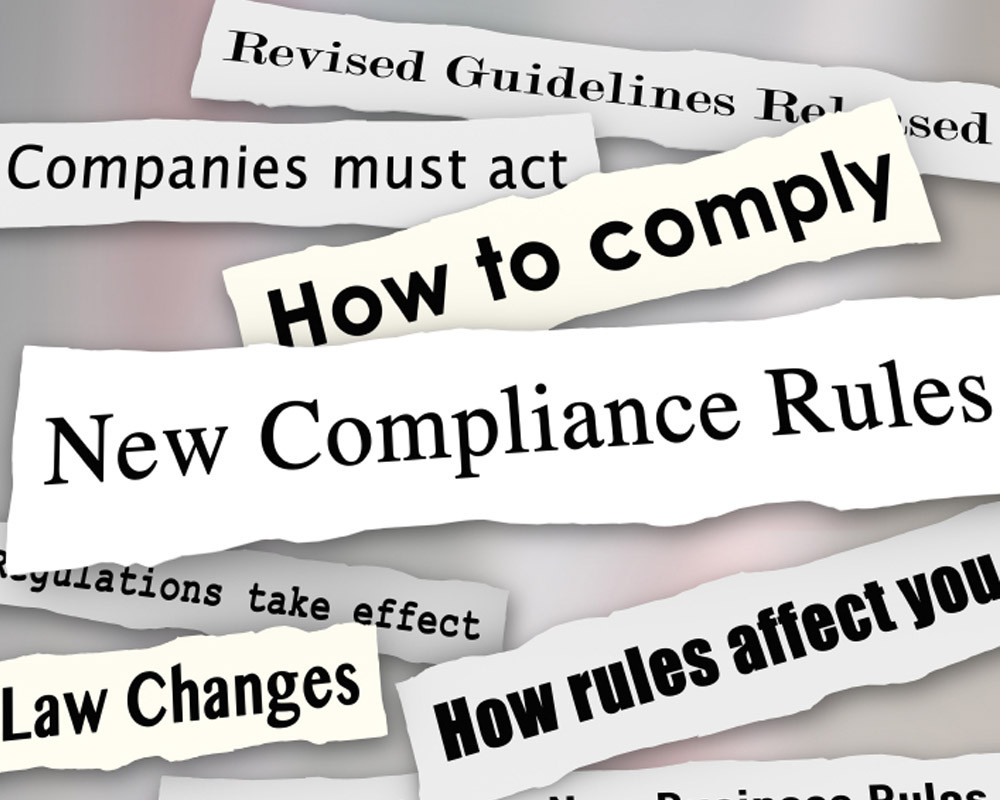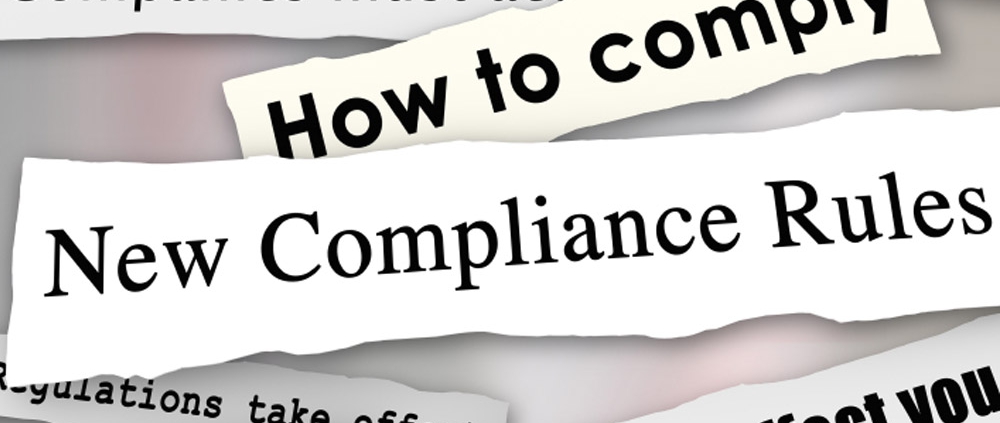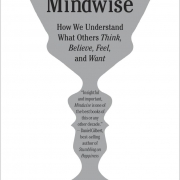Bias Among Choice Architects: On psychology and regulation
 In their seminal work on `nudges,’ Cass Sunstein and Richard Thaler have made a tremendously influential contribution to academic policy research and to practical policy. They insightfully describe how to improve people’s saving, consumption, and life choices by improving the `choice architecture’ (the structure and framing) of decision problems. Specifically, the idea is to help people who are subject to psychological bias—i.e., just about everyone—make better choices.
In their seminal work on `nudges,’ Cass Sunstein and Richard Thaler have made a tremendously influential contribution to academic policy research and to practical policy. They insightfully describe how to improve people’s saving, consumption, and life choices by improving the `choice architecture’ (the structure and framing) of decision problems. Specifically, the idea is to help people who are subject to psychological bias—i.e., just about everyone—make better choices.
Sunstein and Thaler emphasize that this can often be achieved without coercion, a policy strategy which they call `libertarian paternalism.’ Over the last decade, Sunstein and Thaler and their followers have devised many ways in which the lives of people can be improved by seemingly modest and non-invasive tweaks in individual choice problems. Just think about whether people would eat as much candy if it were only found in the back of supermarket aisles. It is no accident that it is also prominently displayed at the checkout stand where hungry shoppers must stand around staring at it. Who wouldn’t want an improvement on that choice architecture?
However, the problem of helping out a biased or temptation-prone public does not seem to be all there is to policy making. My collaborator Siew Hong Teoh and I ask another question in a forthcoming study published in the Behavioral Public Policy Journal: What if the choice architects are subject to psychological bias? This could come from biases of regulators, politicians, or even economists. It can also come from the psychological biases of the voters who hire and fire political agents.
Teoh and I argue that important features of financial and accounting rules and regulation are shaped by psychological bias on the part of the architects, rather than as a useful remedy for the biases of the decision makers being acted upon. Typically the resulting regulation is far from libertarian, as well.
We call the approach to understanding regulation as coming from smart and benevolent architects `Good Rules for Bad Users.’ (Libertarian paternalism is slightly different: `Good Suggestions for Bad Users.’) We feel the other side of the coin has been neglected, that the architects themselves may be biased, resulting simply in `Bad Rules.’ (This is not to say that all regulation is bad, but it does say that bad rules will sometimes be approved.) We call this perspective the psychological attraction approach to financial and accounting regulation.
Specifically, we argue that some forms of regulatory ideas are good at ensnaring the attention, emotions, and cognitive biases of regulators and the public. Such regulations do not necessarily help others, on the whole, and indeed may have highly perverse effects. But people are attracted to certain rules because they are superficially appealing. This point applies even to accounting rules, which have evolved over centuries through the interactions of different users. Rules concerning what firms have to expense, what they can capitalize, whether they are required to be conservative in reporting their performance—all, we argue, have been influenced by heuristic intuitions, not just economic efficiency.
It strikes us as notable that the behavioral approach to policy making has been identified almost exclusively with the `Good Rules (or Suggestions) for Bad Users’ tradition. There is every reason to think that psychological bias is at least as important when deciding how to regulate others’ decisions as it is to make one’s own decisions.
This is the case for at least two reasons:
- First, there is a stronger selfish incentive to get things right when one’s decisions directly affect one’s own individual welfare.
- Second, people have a lot of experience and useful intuitions and heuristics to guide their personal decisions, such as whether to buy a bag of candy or a pot roast for dinner.
In contrast, voters lack useful intuitions from their private life that would help them make good decisions in voting about how to regulate derivatives trading or hedge funds.
Teoh and I have developed different aspects of these issues in papers directed toward audiences with financial management or financial accounting interests (Hirshleifer 2008, Hirshleifer and Teoh 2009). Most recently we have developed ideas about the psychological attraction approach for a public policy audience (Hirshleifer and Teoh, forthcoming).
The name of the new journal in which we are publishing this latest paper is Behavioral Public Policy, and we view that as fitting. It seems to us that anyone who is interested in psychology and public policy needs to be concerned about bias on the part of the regulators, not just the regulated.
Learn more:
Ethical Systems: Accounting [research page]
Hirshleifer, David and Siew Hong Teoh, forthcoming, “How Psychological Bias Shapes Accounting and Financial Regulation,” Behavioral Public Policy Journal.
Hirshleifer, David and Siew Hong Teoh, 2009, “The Psychological Attraction Approach to Accounting and Disclosure Policy, Contemporary Accounting Research, 26(4), 1067-1090, Winter.
Hirshleifer, David, 2008, Psychological Bias as a Driver of Financial Regulation, European Financial Management, November, 14(5), 856-874.
*image courtesy of Accounting Week







